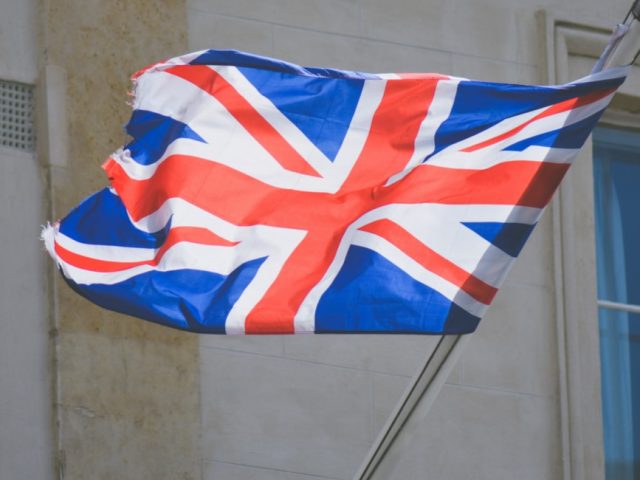Where there’s tea there’s hope.”
– Sir Arthur Pinero, English Dramatist
One of life’s great pleasures is a simple cup of tea.
True enough, you say – but there’s nothing particularly interesting about tea, is there?
Au contraire, my friend! The topic of tea is anything but dull or tame; it’s truly full of interest – stuffed with history, mystery, adventure, botany, war, intrigue and riches.
Tea is an illustrious and complex wonder of enormous cultural significance – and it’s high time we accorded it the respect it’s earned through the last couple of thousand years. To emphasize its importance, consider this: tea is the single most popular manufactured drink in the world, equaling all others – coffee, soda, beer, wine, spirits, milk, juice – combined.
So, you might ask, what’s the back-story on tea – what lies behind our fondness for this beverage, this curious infusion of shrubbery from the far side of the world? Let’s inquire; let’s in fact take a plunge into the ancient and wondrous world of tea.
A few words about the plant itself are in order. Camellia sinensis is an evergreen shrub originating in Southern China, North India, Myanmar and Cambodia.The vast bulk of tea today is produced in China, India, Sri Lanka and Kenya, but it is also grown in improbable places like Vancouver Island, Cornwall and Scotland. It takes three years for a plant to be harvestable. Shrubs are kept waist-high for picking, but if left alone they can grow to a height of fifty feet!
The best-quality teas – black, yellow, white, green and oolong – are produced from the buds and top leaves of the plant. These choice bits are known as flushes and are harvested about every ten days. (I have a picture in my mind of dextrous sylphs in safron saris smiling and fluttering from plant to plant, plucking only the finest flushes and popping them into their tiny baskets…)

But to return to business: the leaves are then subjected to an rigorous process of wilting, drying, shredding and pummelling in order to prepare the product for market. Incidentally, tea leaves are about 4% caffeine, whereas coffee beans are about 1.4%. I find this fact unlikely, but it’s true.
The earliest record of tea consumption is from 59 B.C. in China, but the practice was probably long-established by then. First used as for medicinal purposes, by the 7th century Tang Dynasty it had become popular as a stimulating beverage. This was the “Golden Age” of Chinese civilization – a time of prosperity and a great flowering of culture. I imagine a Tang emperor, old Li Heng perhaps, slurping gallons of tea, and day-dreaming of empire.
In the early 1600s Dutch traders introduced Chinese tea into Europe. Because of its high price and stimulating qualities, it soon became fashionable among the English aristocracy. By mid-century, British and Dutch forces had battled over oriental trade routes, resulting in the British achieving a legal monopoly on Chinese tea that lasted till 1833. It is appalling to note that the British paid the Chinese for tea with Indian opium, under the cynical eye of the British East India Company (BEIC). Afterward, in a development that should have surprised no one, a quarter of all of Chinese became addicted.
Eventually,the British decided to simplify matters by growing tea in India, and in the 1820s the BEIC began large-scale production in Assam, in the northeast. In 1848 brilliant botanist-adventurer, Robert Fortune, disguised as a Chinese merchant, smuggled 20,000 tea plants out of China into India. He also illegally persuaded a select group of Chinese advisors to join him. They established plantations in Darjeeling, West Bengal, in the Lesser Himalayas, at an elevation of 7000 feet.
Indian tea imported into the U.K. was an immediate success. Key to its popularity was its marvelous strength compared to the mild Chinese brew, plus the fact that drinking tea of Empire-origin was considered a patriotic thing to do. As time passed, tea became much cheaper, and eventually caught on throughout all ranks of British society.
Tea Trivia
- The best tea, according to experts, is Moroccan – poured from a height, creating foam – very strong, served with mint and sugar – three increasingly-strong cups at a time.
- The country with the greatest annual consumption of tea leaves per person is Turkey, at 6.7 lbs.The country with the lowest is Mexico, at 0.03 lbs. U.S. consumption is a miserable half-pound, which surely explains the frequent complaint, “You can’t get a decent cup of tea in America.” I’ve been trying – and failing – for decades.
- Queen Elizabeth’s favourite kind of tea is Twinings Earl Grey… with a ‘splash’ of milk.
- Earl Grey was British Prime Minister from 1830 to 1834; he liked his tea flavoured with oil of sour bergamot oranges (Citrus Bergamia), from France and Italy.
- Actor Hugh Grant frequently dreams of having tea with the Queen.
- Many health-enhancing claims have been made for tea, but firm evidence is lacking.
- The tea bag – of Chinese silk! – was invented by American merchant Thomas Sullivan in 1907. It took fifty years to get the tea bag to the U.K.; I suspect it is thought rather alien in refined circles, even today.
- “Herbal teas” are not tea at all, but properly called tisanes; to call them tea verges on fraud. In my view, this glorified compost produces insipid, pretentious swill – to be shunned by any serious tea lover. So there.
My own absolute favourite tea is masala chai, as served everywhere in India – a superb blend of black tea steeped in buffalo milk, spiced with cardamom pods, cinnamon sticks, cloves, ginger, black pepper and sugar – all for 7 rupees (13cents). I close my eyes and imagine taking a long slug of hot chai and listening to the clicking of the rails beneath my berth, as my train – the Mangalore Special –makes its way at daybreak through the Wester Ghats of Maharashtra, from Panaji to Ratnagiri…
Ah, India… my love and my delight! Cheers!






Love a glorious cuppa. Great article!